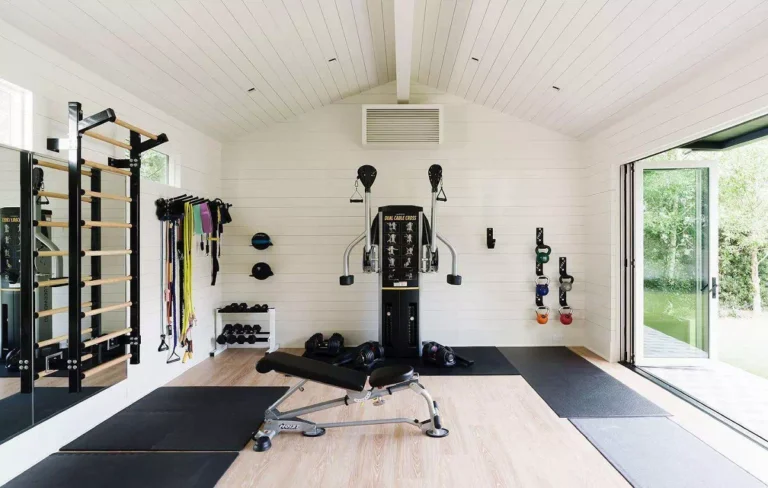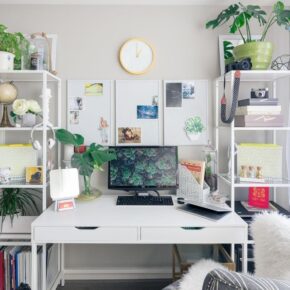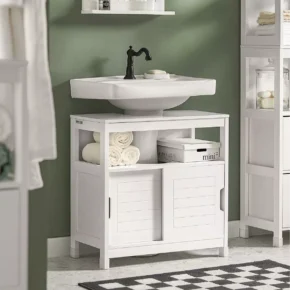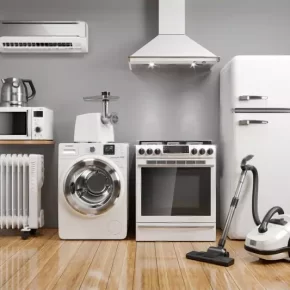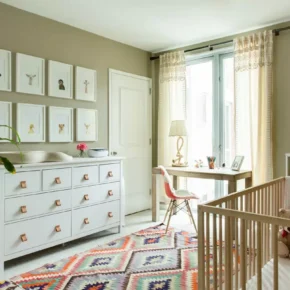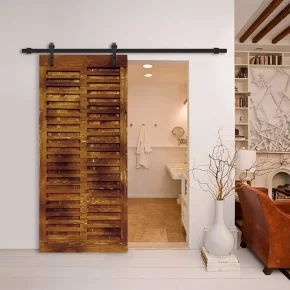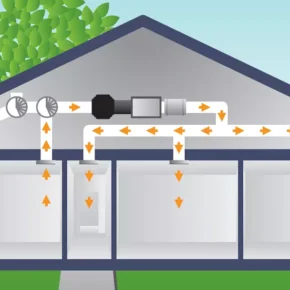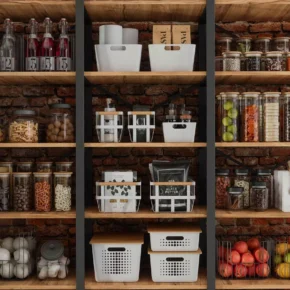Having a home gym is convenient, efficient and economical. You will be able to exercise at your own pace, without wasting time on trips to the fitness club.
But the organization of such a space requires proper planning, because it is important to choose the equipment and think about the space so that training is as comfortable and productive as possible.
1. Assess the space
First of all, it is important to choose the right place for a home gym. It can be organized in a separate room, on the balcony, in the garage or even in a corner of the living room. The main thing is to provide enough space for exercises and convenient storage of equipment.
Due to:
- Choose a space with good ventilation and natural lighting.
- Think about how much space you need for each type of exercise equipment or equipment.
- If space is limited, focus on compact inventory that is easy to store.
2. Selection of equipment: start with the basic
In order to start training, it is not necessary to buy expensive simulators. Start with basic equipment that will work for different types of exercises.
Basic equipment for the basic level:
- Yoga or fitness mat – suitable for warm-up, stretching and floor exercises.
- Dumbbells are universal equipment for strength training that does not take up much space.
- Jump rope is an excellent option for cardio exercises, compact and effective.
- Fitness bands are ideal for stretching and strengthening muscles.
- Fitball – helps to improve balance and perform exercises for the back and press.

3. Selection of simulators for a more advanced level
If you have the space and budget for exercise equipment, there are several options to consider for more serious workouts.
Suitable simulators for home:
- A treadmill is ideal for cardio training at any time of the year.
- An exercise bike takes up less space than a treadmill, but is also effective for cardiovascular training.
- Press machine – for intensive work on the abdominal muscles.
- Power station – allows you to perform exercises for all muscle groups and replaces several pieces of equipment.
4. Organization of space
An effectively organized space will allow you to keep all the inventory in order and avoid cluttering the room. It also contributes to a more effective training process.
Tips for organizing space:
- Use racks and shelves to store small items such as dumbbells or fitness bands.
- Install a mirror – it will help control the correctness of the exercises and visually increase the space.
- If you’re doing cardio, make sure there’s enough space around the machine.
- For the floor, choose an anti-slip coating or special sports mats to reduce the load on the joints during exercise.

5. Do not forget about comfort
Training at home can be as effective as possible if you create comfortable conditions for training. Consider details such as room temperature, lighting, and even motivation.
Useful details for comfort:
- Lighting – choose bright enough lighting to not strain your eyes during training.
- Music or TV – Some people like to work out to their favorite music or watching TV, so consider installing a sound system or TV.
- Drinking water – always keep a water bottle nearby to keep you hydrated during your workouts.
6. Support of motivation
Training at home requires discipline. In order not to lose motivation, you should monitor your progress and set clear goals.
Tips for maintaining motivation:
- Create a training schedule that you will follow every day.
- Track your progress by recording your results and changes in fitness.
- Encourage yourself for achieving new goals.
Organizing a home gym is an investment in health and convenience. It is important to choose the right place, provide the right equipment and organize the space in such a way that it is pleasant and comfortable for you to train. It is not necessary to buy expensive simulators, start with basic equipment and gradually improve your home gym according to your needs and capabilities.

